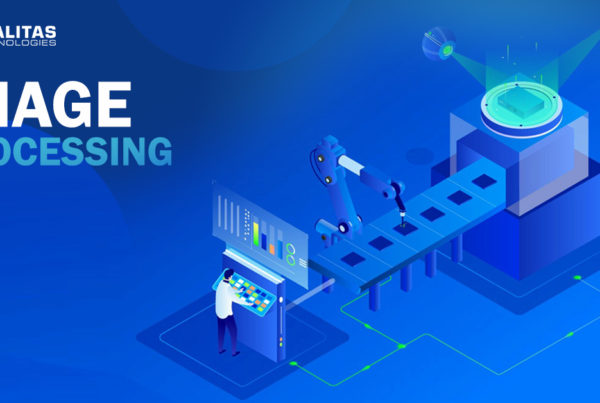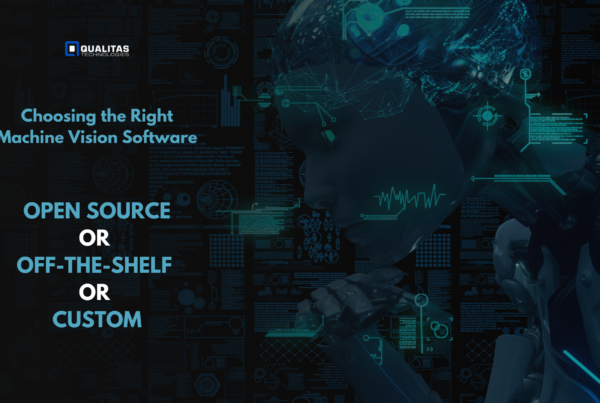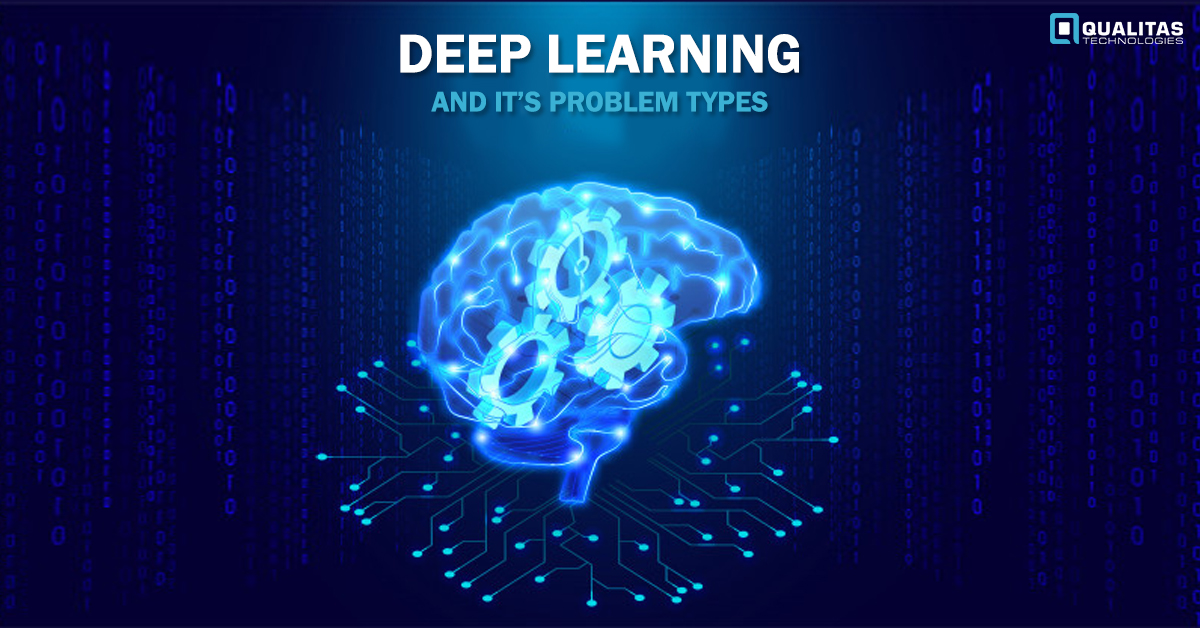
Deep Learning applications have successfully made headway in solving automatic recognition of patterns in data, which has surpassed the ability of human beings. Over the past few years, deep learning has successfully solved the limitations of numerous traditional machine-learning algorithms. As with any growing technology, during its period of growth, it caught the eye of huge industries and businesses. Today, everyone has a desire to make use of this innovative technology. However, even for highly trained professionals, it is hard to explore and define where to start and implement a deep learning model to solve their problems. At Qualitas Technologies, we help you bring the infinite possibilities of deep learning to your business.
Deep Learning is continuously evolving as one of the crucial practices in industries like manufacturing, hospitality, digital assistants (IoT), automotive, etc. for applications ranging from smart assistants to defect detection systems. With the increased use of machine learning, the industries are leveraging their applications to be part of Industry 4.0. In this article, we discuss the major problem types in deep learning and their applications in modern industries.
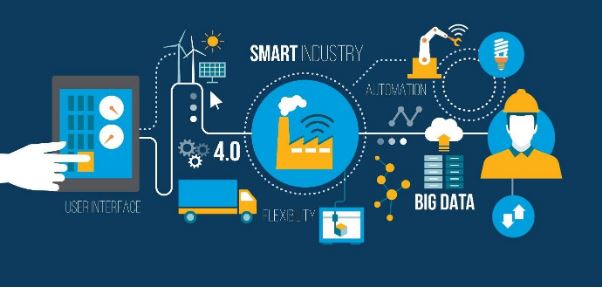
WHAT IS DEEP LEARNING?
Deep learning is a machine learning technique that teaches computers to do what humans do naturally: learn by example. Deep learning is the key technology behind innovative products driverless cars, enabling them to recognize a stop sign or to distinguish a pedestrian from a roadblock. It is the key to devices like phones, tablets, TVs, and hands-free speakers that use voice recognition and processing for inputs from users. Deep learning is getting a lot of attention across all industries lately and for good reason. It is achieving results that were not possible before.
In deep learning, the computer algorithm learns to perform classification tasks directly from images files, text, or sound files. Deep learning models can achieve state-of-the-art accuracy, sometimes exceeding human-level performance while being incredibly efficient and quick. Models are trained by using large datasets of labelled data and neural network architectures that contain numerous hidden layers that emulate the working of a human brain at a simplistic level.
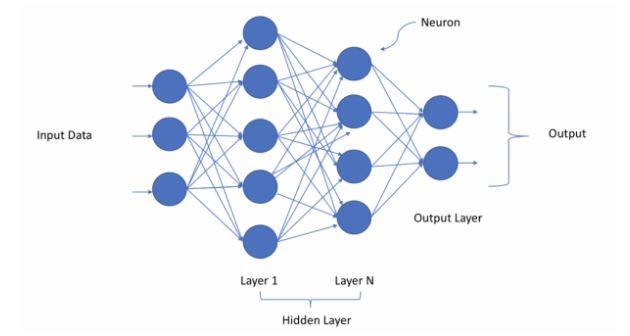
One of the most common applications of deep learning is Machine Vision: the ability of a computer to see and subsequently process images and analyze them. Industrial machine vision applications demand greater robustness, reliability, and stability compared with an academic/educational vision system. Industrial machine vision typically cost much less than those used in military applications. Therefore, industrial machine vision applications tend low cost, accurate, robust, reliable, and generally possess high mechanical and temperature stability. Qualitas Technologies combines this technology with best in class industry standards and offers you a perfect solution that meets your business needs.
DEEP LEARNING PROBLEM TYPES AND THEIR APPLICATIONS
With our understanding of what Deep Learning is, it is time to discuss what the essential problem types in deep learning are and what applications do those problems derive.
There are essentially three types of Deep Learning problems as follows:
1. Classification
Classification involves predicting which class or category an item belongs to. Some classifiers output binary classifications like yes/no. Some are multi-class, that categorize items into one of several possible categories. Classification is a very common use case of deep learning—classification algorithms are used to solve problem categorization, image recognition, and image-based classification in the industrial manufacturing environment. In classification problems, the input is usually an entire image. The algorithm processes the entire image and further classifies it based on its previous training.
A great example of this could be the classification of objects in an assembly line. For instance, at a car manufacturer’s assembly line, classification algorithms can be deployed to recognize different model types and segregate the same without any human intervention. At Qualitas Technologies, our state-of-the-art algorithms can help you classify any objects in your factories and workshops.
2. Object Detection
In object detection, the algorithm looks for individual objects rather than the entire image. Here you are essentially trying to determine objects present or absent in the image as opposed to classifying the entire image. Varieties of techniques are used to perform efficient object detection. Object detection algorithms can be applied at various points within the manufacturing chain such as quality management, inventory management, sorting, assembly line, etc.
A fantastic example of an application of this problem type is the engine assembly chain of a car manufacturer. The algorithm can analyze the image for the engine and based on its previous training and experience correctly confirm the presence or absence of parts in that particular engine block. Qualitas Technologies develop accurate object detection algorithms for your needs.
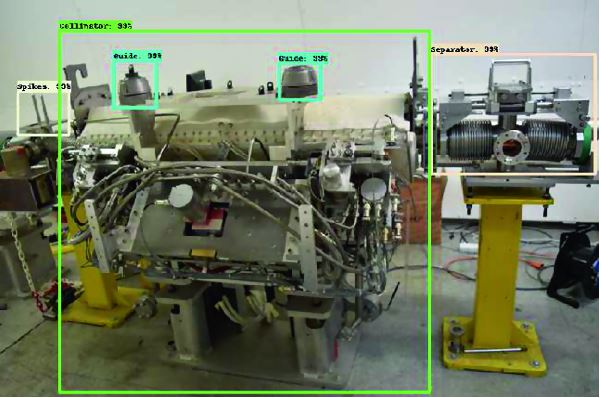
3. Segmentation
Image Segmentation goes a level deeper and classifies individual pixels of an image. Image segmentation could involve separating foreground from background, or clustering regions of pixels based on similarities in color or shape.
Owing to these properties of image segmentation, it works extremely well for applications like defect detection. Because segmentation analyses every pixel of an image, the algorithm can take images with large resolutions and detect a defect that may go unnoticed even to the human eye. At Qualitas Technologies, we develop authentic segmentation algorithms for your industrial needs.
CONCLUSION
At Qualitas Technologies, ever since our inception, our mission has been to enable the manufacturing industry to realize the possibilities of machine vision and artificial intelligence. Contact us to help you exponentially increase your product’s competitive and financial value.
Register For Our Upcoming Free Webinar


